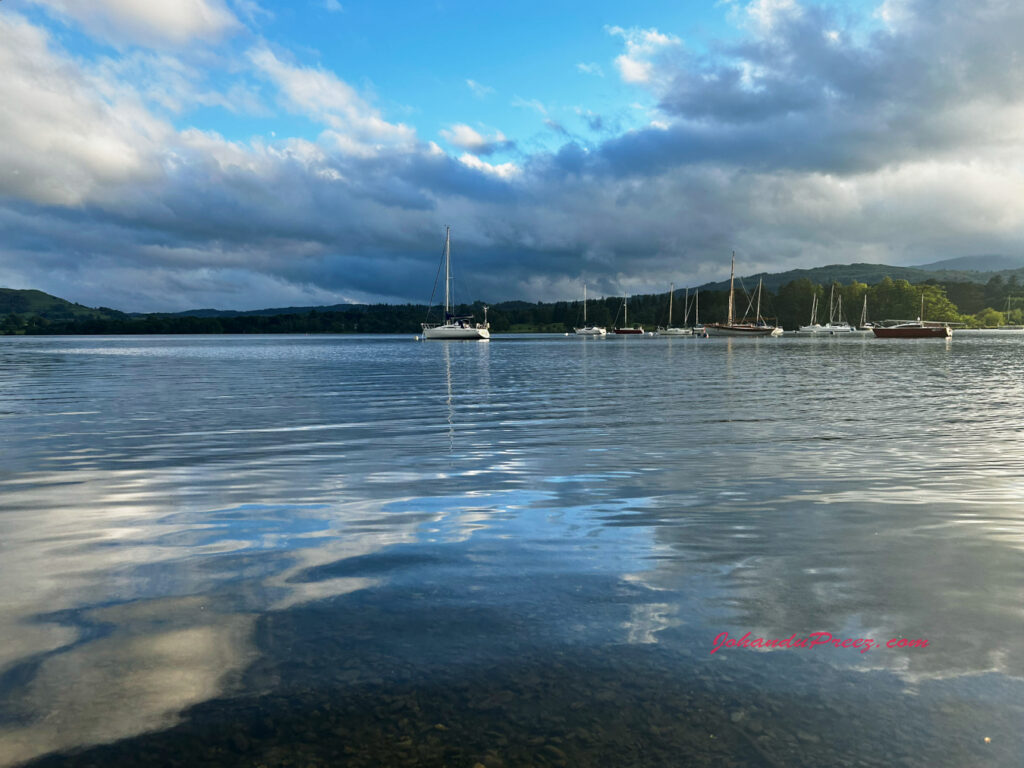Issue 16
Stepping Out
3 Ideas for the Creative Mind
1.
When life is good, it tastes exquisite. Problem is we tend to fixate on the many negatives – the things that go wrong – that accompanies the act of living. This value judgment biases us to live in a way that maximises our chances of avoiding the unexpected.
2.
Over time these tiny decisions – each a judgment in its own right – gives us the illusion of control that comes at a terrible cost.
Not only do our lives gradually become empty of all the good things, but we also become unprepared to cope with, seemingly random, events that upend our lives.
3.
Embracing life’s randomness is a harder way to live. This opens us to experiencing all the rich textures that life has to offer, whilst building an inner resilience that helps us live a full life. This decision is ours to make.
One or two Quotes
1.
The negativity bias, also known as the negativity effect, is a cognitive bias that, even when positive or neutral things of equal intensity occur, things of a more negative nature (e.g. unpleasant thoughts, emotions, or social interactions; harmful/traumatic events) have a greater effect on one's psychological state and processes than neutral or positive things
- Wikipedia on Negativity Bias Tweet
2.
Does the event which has happened to you prevent you from being just, from possessing greatness of soul, from being temperant and prudent, without haste in your judgments, without falsity in your speech, reserved, and free, and everything else such that, when they are present together, the nature of man possess that which is proper to it?
- Pierre Hadot. The Inner Citadel: The Meditations of Marcus Aurelius (p. 110). Tweet
In the Spotlight

The colour blue – Waterhead, Cumbria
I have an affinity for the blue hour: that time when the sun is below the horizon and the remaining light takes on a blue shade different from the sky on a clear day.
This week, whilst hiking in Cumbria, I had the pleasure of experiencing something I rarely see: a landscape immersed in blue light whilst the sun was still above the horizon. This happens when the sun is below cloud level but high enough to simultaneously reflect off the dark clouds and the dark lake such that the landscape is bathed in blue light.
To makes this image work, I wanted to shoot with a wide angle lens – to show the strokes of colour on the edges in the otherwise blue landscape – whilst excluding the rocky shore in the foreground.
This required I make a decision to either remain on the shore (and crop when developing the negative, at the cost of an unbalanced image) or or walk out onto the lake using one of two narrow pipes that drain water from the Waterhead. I opted for the latter. After all, what was the worst thing that could happened: wet feet?
That’s it – thanks for reading! As always, please feel free to hit reply and exchange your thoughts or to just say “hi”.
That’s it – thanks for reading! As always, please feel free to hit reply and exchange your thoughts or to just say “hi”.